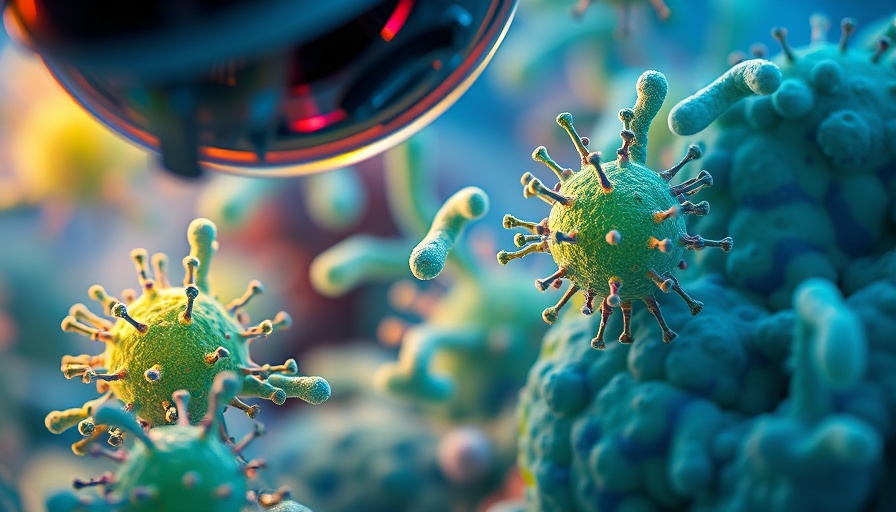
Understanding the Emergence of Antimicrobial Resistance
In the not-so-distant past, a simple infection often came with a clear path to recovery through antibiotics. However, the evolution of microbes has changed that narrative dramatically. Antimicrobial resistance is becoming a serious challenge, contributing to over 2.8 million infections in the U.S. annually along with an alarming 35,000 deaths. The mounting healthcare costs related to these infections total around $4.6 billion. These numbers paint a grim picture of an ongoing public health crisis.
What Drives Bacteria to Resist Treatment?
Resistance in microbes is a natural survival strategy. Over the decades, antibiotics have faced resistance from bacteria, a trend that escalated after the introduction of penicillin in the 1940s. As scientists track the genetic changes in these pathogens, it becomes evident that human activities, such as the overuse and misuse of antibiotics in various sectors like farming and healthcare, significantly accelerate the evolution of resistant strains.
Importance of Genomic Sequencing in Detection
Traditional methods for detecting antimicrobial resistance often necessitate extensive lab work, involving exposing microbes to antibiotics to see which survive. While this approach helps monitor resistance spread, it can fall short in identifying new and emerging threats. Recently, however, groundbreaking work in genomic sequencing has shed light on previously undetected resistance genes.
A research team led by microbiologists has used innovative genetic and computational techniques to not only uncover unknown resistance genes but also create a framework for better tracking these genes. This advancement is essential for enhancing early detection and ultimately improving treatment outcomes.
The Social Impact of Antibiotic Resistance
This issue is not only about healthcare; it impacts our community at large. The rise of drug-resistant infections could lead to longer hospital stays and complications, affecting the productivity of individuals when they are unable to work. As the situation worsens, public awareness and action become necessary to address the misuse of antibiotics, both medically and in agriculture.
Future Trends: Tackling Antimicrobial Resistance
Looking ahead, the integration of biotechnology and genomic sequencing could play a pivotal role in combatting antimicrobial resistance. By leveraging technology, public health officials and researchers can stay a step ahead in identifying resistant strains, potentially preventing outbreaks before they escalate. Moreover, encouraging responsible antibiotic use among healthcare professionals, farmers, and the general population is crucial to mitigate resistance development.
In conclusion, the fight against antimicrobial resistance calls for a collective effort from various sectors to implement strategic solutions that preserve the efficacy of antibiotics. Understanding the genetic landscape of pathogens and their resistance strategies is indeed a formidable challenge, but it is one that modern science is well equipped to tackle.
 Add Row
Add Row  Add
Add 




Write A Comment